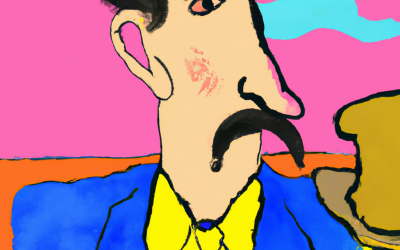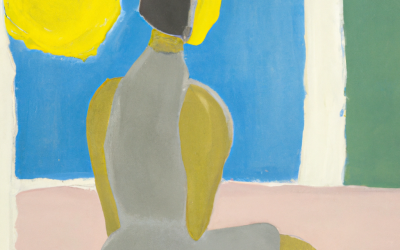So you want to know how to sell art locally? Great! You’re in for a wild ride filled with coffee-induced late nights, awkward small talk at art fairs, and the thrill of convincing a stranger that your painting is worth more than their monthly car payment. Selling art locally isn’t just about slapping a price tag on a canvas—it’s about strategy, charm, and a bit of sheer stubbornness.
I’ve been selling my art in my city for years, and let me tell you, there are some things they don’t teach you in art school (like how to explain why your painting costs $800 when Walmart sells ‘something similar’ for $20). So buckle up. Here’s what works for me and why.

1. How to Build an Audience for Art (Spoiler: People Need to Know You Exist)
Selling art is like dating. If you don’t put yourself out there, no one is going to know you exist, and no one is going to ask you to prom—err, I mean, buy your painting.
Start by making yourself a local presence. Attend every gallery opening, market, and art event you can. Talk to people, introduce yourself, and hand out business cards like a magician doing a card trick. Make friends with coffee shop owners, tattoo artists, and that guy who always plays guitar on the corner. These are your people—they’ll spread the word about you faster than a bad Yelp review.
And social media? Oh, you better believe it matters. Post progress shots, studio selfies, and behind-the-scenes glimpses of your creative process. Instagram, Facebook, TikTok—whatever gets people engaged. Because let’s face it: in today’s world, if you don’t exist online, do you even exist at all?

2. Pricing Your Work: A Fun Game of Self-Doubt and Math
Ah yes, the age-old dilemma: how to price a painting without sobbing into your sketchbook.
Here’s a handy formula:
- Cost of materials + Hours spent painting x Your hourly rate + Emotional attachment tax = Price
That last one is optional, but I always add a “this was hard to part with” fee. Some people say, “Price low to sell more!” Others say, “Price high to seem valuable!” I say, do a painting price comparison in your local market. Walk into local galleries, see what other artists charge, and then confidently price yours somewhere between “starving artist” and “this belongs in a museum.”
And if someone asks for a discount? Smile and say, “I can make a smaller version in your budget!” Works like a charm.
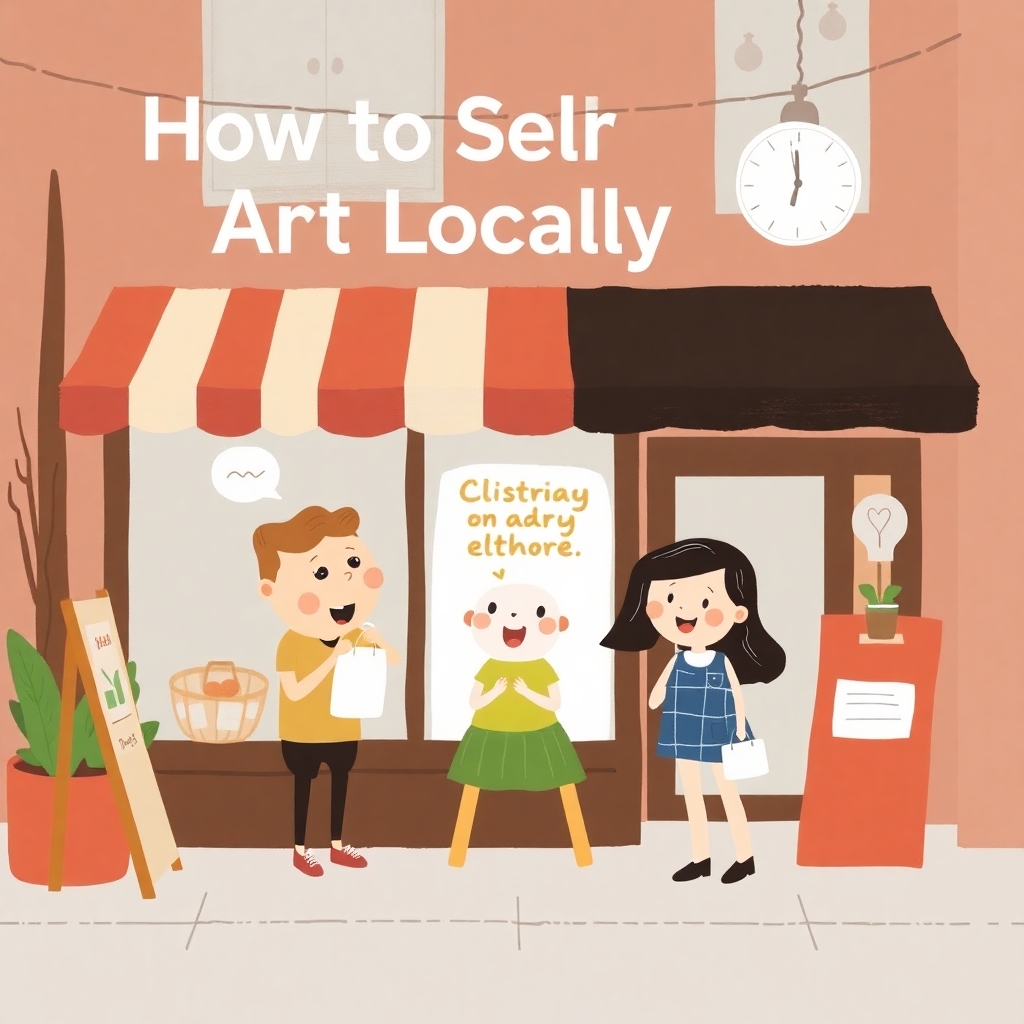
3. Public Relations and Art: AKA, Making Yourself Sound More Important Than You Feel
One of the best things I ever did? Write my own press releases. I figured if newspapers weren’t going to discover me on their own, I’d make them. Local newspapers, blogs, and radio stations love a good “Local Artist Does Cool Thing” story.
If you’ve got an upcoming show, a unique project, or even just a new series, make it newsworthy. Send out a short and sweet press release with a high-quality image, and suddenly, you’re getting free publicity. Boom—instant credibility.

4. The Magic of Storytelling for Artists
People don’t just buy art—they buy stories.
Ever wonder why someone will drop thousands on a painting that looks like a toddler’s tantrum? It’s because of the story behind it. So when you’re selling your art locally, don’t just say, “This is a painting of a tree.” Say, “I painted this after getting lost in a forest, where I had a deep existential crisis about the meaning of life.” (Okay, maybe tone it down a little.)
Your art has meaning. Share it.

5. Where to Actually Sell Your Art Locally
You’ve got your audience, your pricing, and your PR game on point. Now, where do you actually sell the stuff?
- Local Art Fairs & Farmers Markets: Yes, you’ll have to chat with strangers, but hey, free exposure.
- Cafés and Restaurants: Offer a commission split to hang your art. People love buying paintings over coffee.
- Boutique Stores: Small, trendy shops love local art.
- Pop-Up Events: Organize your own one-night-only art show in an empty space. Create hype.
- Local Galleries: It’s competitive, but if you’re persistent, you’ll get in.
- Your Own Studio: Turn your workspace into a mini-gallery. People love seeing where the magic happens.
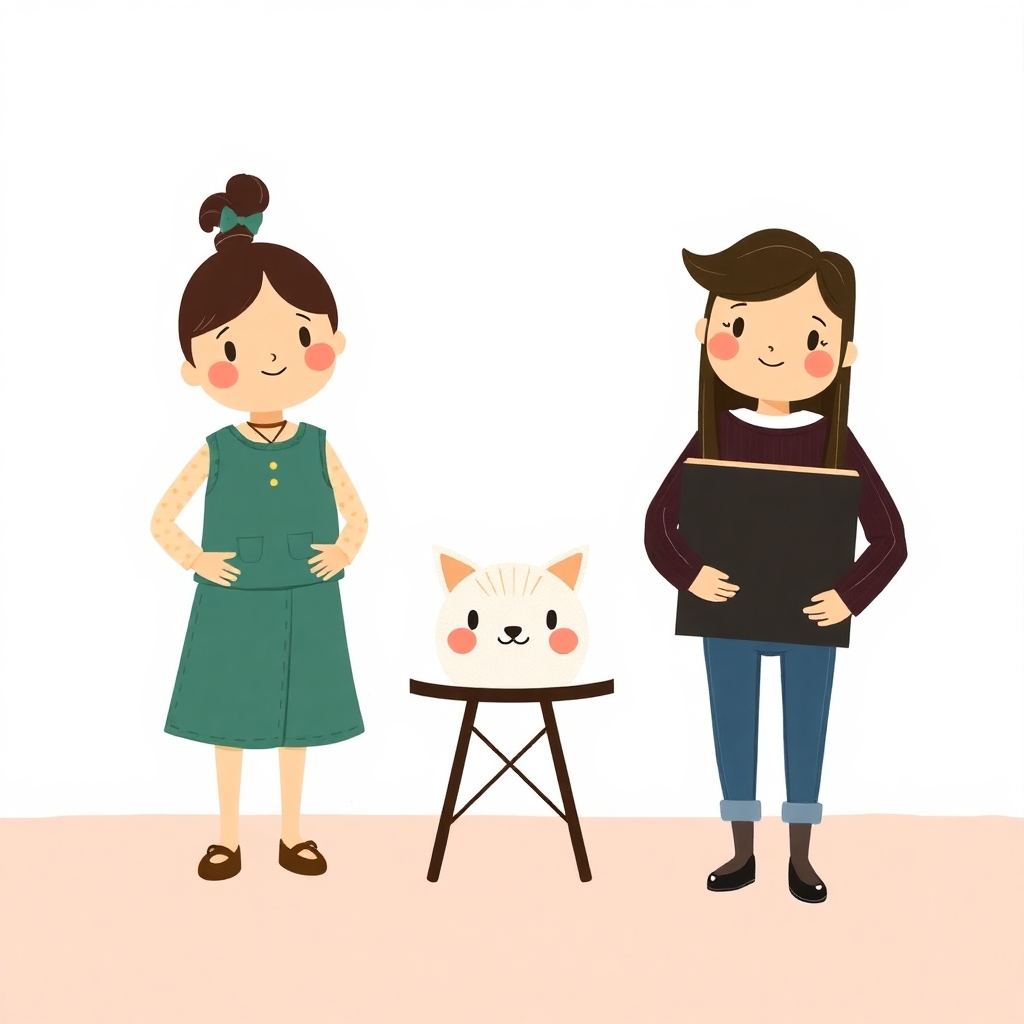
6. How to Sell Expensive Art (Without Feeling Like a Fraud)
If you want to know how to sell expensive art, you have to act like it’s worth every penny. No hesitation. No apologizing. No “I know it’s a bit pricey…” Nope. Confidence is key.
Also, rich people love exclusivity. Make your work feel like a rare, once-in-a-lifetime opportunity. Limited editions, certificates of authenticity, personal artist statements—these things matter.
And remember: if you don’t believe your art is worth that much, no one else will either.
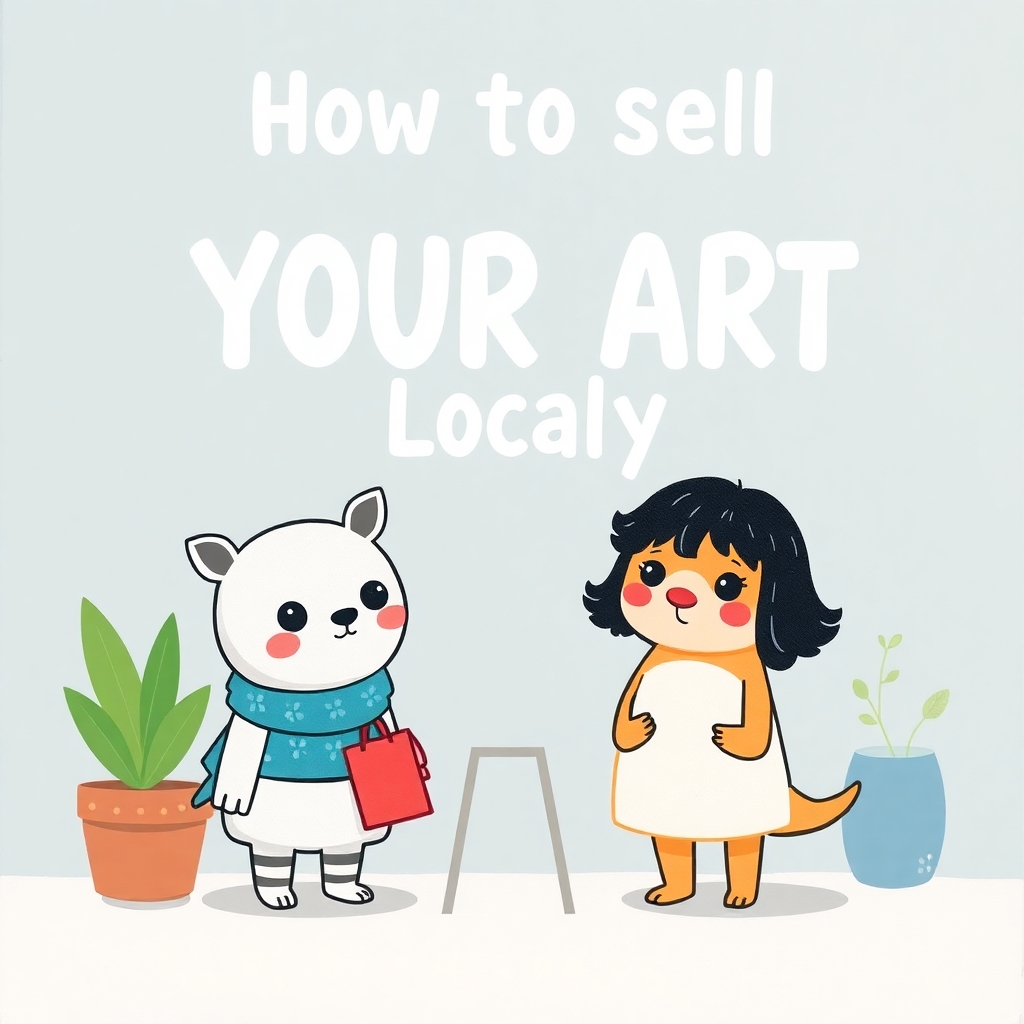
7. How to Make Expensive Art That Actually Sells
Now, if you want to know how to make expensive art, consider this: expensive art is about presentation, materials, and scale.
- Large-scale work = Higher perceived value.
- Premium materials = People assume it’s worth more.
- Meticulous framing = The difference between ‘gallery-worthy’ and ‘dorm room décor.’
And don’t forget: build a reputation. The more people want your art, the higher the price can go.

Final Thoughts: Sell Art Like You Mean It
Learning how to sell art locally isn’t just about talent—it’s about hustle, charm, and persistence. You’ll have slow months. You’ll get weird customers. You’ll hear “I love your work, but I have no wall space!” at least 100 times. But the more you put yourself out there, the more success will come your way.
So go on—paint, promote, and price with confidence. And remember: the world doesn’t just need more art—it needs YOUR art. Now go sell it!








